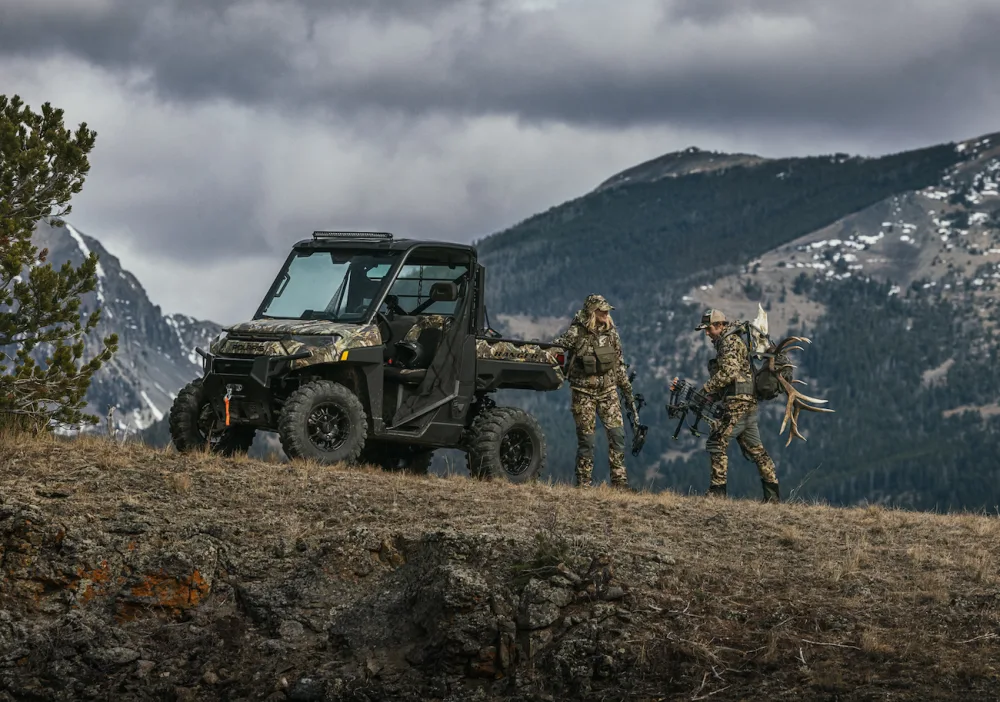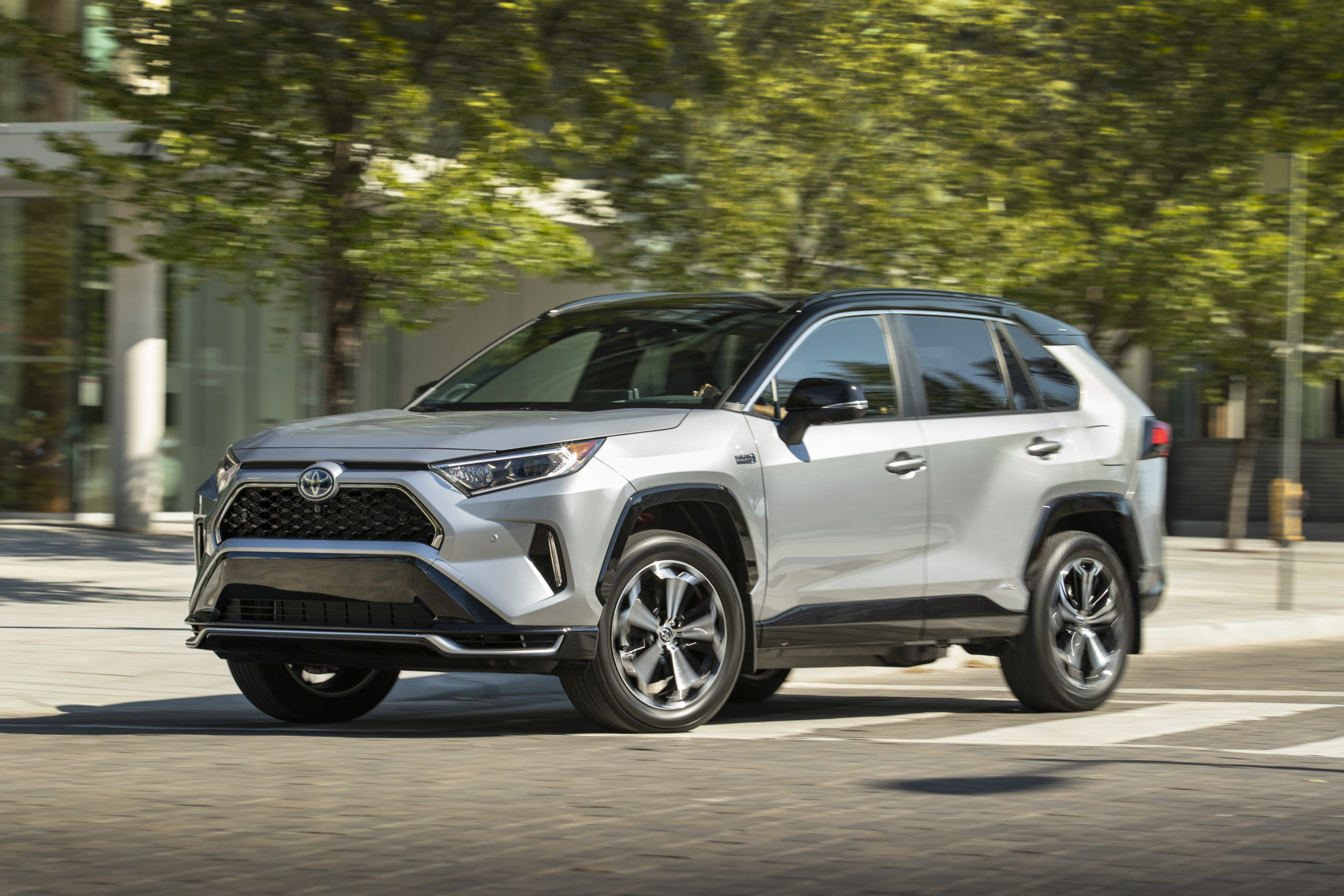Every Friday, The Charge looks back at the biggest headlines of the week with our own added insight and opinions for a broader picture of the news.
Take it off-road

Polaris Ranger XP Kinetic UTV
Electric vehicles don’t have to be kept to the asphalt. Polaris just unveiled its XP Kinetic all-electric utility terrain vehicle (UTV), which not only boasts a range of between 72 km or 129 km, depending on the model, but with 110 HP and 140 lb-ft, it also has the most power in the UTV class, including gasoline-powered equivalents. Whether you’re using this around the ranch or taking it into the bush for those hunting trips, that’s more than enough range for most users. The question is, can outdoorspeople get over the usual ‘range anxiety’ many people have, even knowing the distance won’t be an issue?
And then there’s Tesla, which just unveiled its Cyberquad, a small ATV aimed at kids over eight years old. This would be more for tootling around the yard rather than serious off-roading, but one has to ask: why didn’t the EV company make an adult-sized version, too?
Stellantis focusing on the future

Factorial solid state battery
Stellantis – the company formed by a merger with Fiat-Chrysler Automobiles (FCA) and Peugeot Société Anonyme (PCA) – has been a bit late the EV game, but it seems to have shifted its focus just this year. In July, it outlined a $43.2 billion investment through 2025 in electrification and software development, and just this week the company had two announcements that show a serious effort towards accomplishing this. Realizing that it needed to secure raw materials, it signed an agreement with Vulcan Energy Resources Ltd. for lithium, though those deliveries won’t start until 2026.
But raw materials aren’t enough in the march towards modernization. Stellantis – along with Mercedes-Benz – announced a partnership with Massachusetts-based Factorial Energy to develop solid-state batteries, which promise to have better energy density and can charge in less time than conventional lithium-ion batteries.
We’re expecting an EV muscle car concept next year from Stellantis, along with two more electrified production vehicles, and more are expected in 2023. Welcome to the party, Stellantis; better late than never.
Toyota bets on price

2022 Toyota RAV4 Prime
First, Cooper Ericksen, Toyota Motor North America VP for Toyota’s product planning and strategy confirmed in an interview that the Japanese company will be focusing on building cheaper EVs with comparatively shorter range. “The trick is matching the range and the price point to what the consumer can afford,” he said.
Now, Toyota has entered into a partnership with BYD, a Chinese EV company heavily invested in by none other than Warren Buffet. The goal here is to build an all-electric sedan with a price of less than US$30,000 for the Chinese market, which is now the largest in the world for electric vehicles. There’s no word of the new EV coming to North America, but for Toyota, which has long resisted jumping into full BEVs and instead has focused on hybrids and hydrogen fuel cells, this could be a good starting point for full EV production across the board.
Would you get a cheaper EV with a range of, say, 200 km, instead of 400 km or 500km? Or would you rather pay more for a bigger battery?
ONroute gets electrified

ONroute rest stop
Finally, Ontario EV drivers will see chargers at the province’s network of highway rest stops called ONroute. The Ivy Charging Network – a joint venture between Ontario Power Generation and Hydro One – will be installing at least two chargers at 17 of the 23 ONroutes by the summer, with three more locations getting chargers by the end of 2022.
That’s great, but only two per stop? Some locations will see four, but as the country progresses to more EV market share, we’re going to need a lot more than two chargers per location; try at least 10. Hopefully, Ivy has taken that into account for future expansion.






